✨ Introduction: Why the Navratri Story in English Still Captivates the World (Why is Navratri celebrated)
India is a country where every festival has a story, and every story carries timeless wisdom. Among all festivals, Navratri stands apart—not only because of its colorful dances, prayers, fasting, and rituals, but because of the inspiring Navratri story in English that continues to touch hearts across the globe.
For Indians, Navratri is a celebration of Shakti, the divine feminine energy. For international readers, it is a window into Indian mythology, spirituality, and cultural richness. The festival lasts for nine nights and ten days, and at its heart lies the eternal question: Why is Navratri celebrated?
The answer is found in the powerful Goddess Durga and Mahishasura story. Long ago, the demon Mahishasura terrorized the world, misusing his boon of invincibility. No god could stop him—until the gods combined their powers and created Goddess Durga, the ultimate symbol of courage, compassion, and strength. For nine nights, she fought Mahishasura, and on the tenth day, she triumphed.
But the significance of Navratri is not only mythological. Each day honors one of the nine forms of Goddess Durga, representing values like courage, purity, wisdom, and motherhood. Each region of India celebrates differently—Garba and Dandiya in Gujarat, Durga Puja in Bengal, Ram Lila in North India, Golu dolls in South India—yet the spirit remains the same: victory of good over evil.
Today, the Navratri story in English has global resonance. From London to New York, Garba nights and Durga Puja pandals bring communities together. UNESCO even recognized Garba as part of the world’s intangible cultural heritage in 2023. This proves that Navratri is not just India’s festival—it belongs to the world.
In this blog, we will explore the mythological story, 9 nights of Navratri, traditions, lessons, and cultural pride. By the end, you will not only know why is Navratri celebrated, but also how this story guides us in everyday life.
👹 The Demon Mahishasura – Arrogance Before the Fall
Mahishasura was a demon with a buffalo’s body and a human’s intelligence. Through harsh penance, he received a boon from Lord Brahma: “No man or god shall ever kill you.”
With this power, he conquered heaven and earth. The gods fled in fear. Mahishasura declared himself ruler of all worlds, laughing:
“No force can stop me. I am eternal.”
But arrogance blinded him. His tyranny disrupted balance in creation. This is when the gods sought a solution.
🌹 The Birth of Goddess Durga – The Divine Answer
Realizing no man could defeat Mahishasura, the gods turned to the power of Shakti. From their combined energies emerged Goddess Durga. She had ten arms, each carrying a divine weapon: Shiva’s trident, Vishnu’s discus, Indra’s thunderbolt, Varuna’s conch, Agni’s spear.
Her beauty radiated peace, but her eyes blazed with determination. Riding a lion, she was the embodiment of fearlessness. Thus began the Goddess Durga and Mahishasura story—the central legend that explains why is Navratri celebrated.
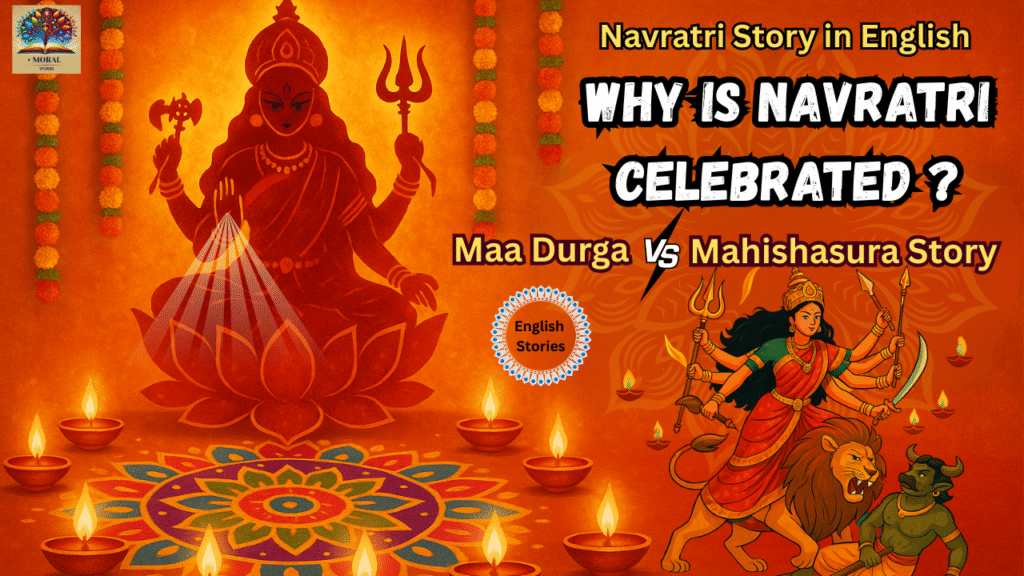
🏹 The Epic Battle of Nine Nights – Durga vs Mahishasura
The battle lasted for nine nights of Navratri.
- On the first night, Durga fought his armies.
- On the second and third nights, she crushed his generals.
- From the fourth to seventh nights, Mahishasura kept changing forms—lion, elephant, buffalo—but Durga matched every form.
- On the eighth night, she wounded him deeply.
- On the ninth night, she pierced her trident into his chest.
On the tenth day—Vijayadashami (Dussehra), Mahishasura was slain. The gods rejoiced. Balance was restored. This victory is the very reason Navratri is celebrated every year.
🌌 The 9 Nights of Navratri – Forms, Colors, and Significance
Each night of Navratri is dedicated to one of the nine forms of Goddess Durga (Navadurga):
- Shailaputri – Strength, grounding (color: grey/white).
- Brahmacharini – Devotion, penance (color: yellow).
- Chandraghanta – Peace and bravery (color: red).
- Kushmanda – Creative energy (color: green).
- Skandamata – Motherhood and compassion (color: royal blue).
- Katyayani – Warrior goddess (color: orange).
- Kalaratri – Destroyer of fear (color: white/black).
- Mahagauri – Purity and forgiveness (color: pink).
- Siddhidatri – Wisdom and perfection (color: purple).
These days are not just rituals. They are a spiritual journey of defeating inner demons and nurturing divine qualities.
🎉 Navratri Traditions Across India – From Garba to Durga Puja
- Gujarat – Famous for Garba and Dandiya, where thousands dance in circles celebrating Shakti.
- Bengal – Celebrated as Durga Puja, with grand idols, artistic pandals, and cultural performances.
- North India – Linked to Ramayana, with Ram Lila plays and burning of Ravana effigies on Dussehra.
- South India – Families display Golu dolls and worship Saraswati.
- Nepal – Celebrated as Dashain, honoring Durga’s victory.
This cultural diversity is part of the significance of Navratri.
🌍 Navratri Beyond Borders – A Festival That Went Global
Today, Navratri is not limited to India.
- In London, Toronto, New Jersey, Garba nights attract thousands.
- In Singapore and Malaysia, Durga Puja pandals are community events.
- In 2023, UNESCO recognized Garba as world heritage.
The Navratri story in English is now celebrated worldwide, making it both cultural and global.
📜 15 Precious Life Lessons from the Navratri Story (Why is Navratri celebrated)
- Good always triumphs over evil.
- Ego leads to downfall.
- Unity creates strength.
- Women embody divine power.
- Discipline defeats laziness.
- Compassion balances courage.
- Anger must be controlled.
- Faith empowers.
- Arrogance blinds.
- Purity brings peace.
- Fear can be destroyed with courage.
- Wisdom is the highest strength.
- Festivals unite communities.
- Spirituality is timeless.
- Inner battles are as important as outer ones.
🌱 Modern Relevance – Fighting Our Inner Demons Today
The moral of Navratri story applies to our lives. Mahishasura is not only a demon of the past—he represents greed, ego, and laziness within us. Navratri teaches us to defeat these inner demons with courage, humility, and devotion.
In workplaces, it teaches teamwork. In families, it teaches compassion. For women, it is empowerment. For youth, it is discipline. This is why Navratri is celebrated even today with so much relevance.
📘 Vocabulary for International Readers
- Asura – Demon in Indian mythology
- Shakti – Divine feminine power
- Puja – Worship ritual
- Boon – Divine blessing
- Vijayadashami – Day of victory
- Garba/Dandiya – Gujarati folk dances during Navratri
Ganesh and Kartikeya Story in English | 4 Powerful Life Lessons from Lord Ganesha’s Wisdom Tale
🏡 Activities for Parents & Teachers (Why is Navratri celebrated)
- Storytelling with role play.
- Drawing the nine forms of Durga.
- Journaling “inner demons to defeat.”
- Organizing Garba dance.
- Making Golu doll displays.
- Conducting quizzes on Navratri.
- Teaching simple devotional songs.
- Essay writing on “Why is Navratri celebrated.”
❓ FAQs About Why is Navratri celebrated
Q1. Why is Navratri celebrated for nine nights?
Because Goddess Durga fought Mahishasura for nine nights.
Q2. Who is Goddess Durga?
She is Shakti, the divine feminine energy.
Q3. What is Vijayadashami?
The tenth day marking Durga’s victory, celebrated as Dussehra.
Q4. What is the significance of Navratri?
It symbolizes the triumph of good over evil and honors nine forms of Durga.
Q5. How is Navratri celebrated in India?
Through Garba, Durga Puja, Ram Lila, fasting, and prayers.
🎥 YouTube Channel Subscribe CTA
Enjoyed this heart-touching tale? Subscribe to our YouTube Channel “A Moral Stories” to enjoy more moral stories for kids in English, animated and narrated with love! 🌟📺
👉 Subscribe to our YouTube channel for more fun moral stories for children!
🔗 YouTube Channel – A Moral Stories (English)
Also available in:
🔹 Gujarati – A Moral Stories Gujarati
🔹 Hindi – A Moral Stories Hindi
✨ Final Thoughts – The Timeless Magic and Cultural Pride of Navratri (Why is Navratri celebrated)
The story of Navratri is more than a tale from the past—it is a living tradition that shapes India’s culture and inspires the world.
When we ask, “Why is Navratri celebrated?”, the answer is multi-layered. It is celebrated because Goddess Durga defeated Mahishasura. It is celebrated because the nine nights of Navratri teach us values—strength, purity, compassion, courage, and wisdom. It is celebrated because communities across India, from Gujarat’s Garba to Bengal’s Durga Puja, come together in unity.
But more than all this, Navratri is celebrated because it speaks to the human spirit. We all fight our own battles, we all face inner demons, and we all seek light after darkness. The Navratri story in English reminds us that no matter how strong negativity feels, it cannot last forever. With faith and courage, victory is always possible.
In a modern world full of challenges, the significance of Navratri is more relevant than ever. It inspires women to embrace their power, families to stay united, and individuals to rise above ego and greed. It is not just India’s festival—it is humanity’s festival of hope.
So, whether you watch a Garba dance in Gujarat, a Durga Puja in Kolkata, or a Navratri celebration in New Jersey, remember: you are witnessing a timeless truth. Evil may roar loudly, but goodness always wins quietly yet powerfully. That is why Navratri continues to shine—not just as a festival, but as a guide for life.
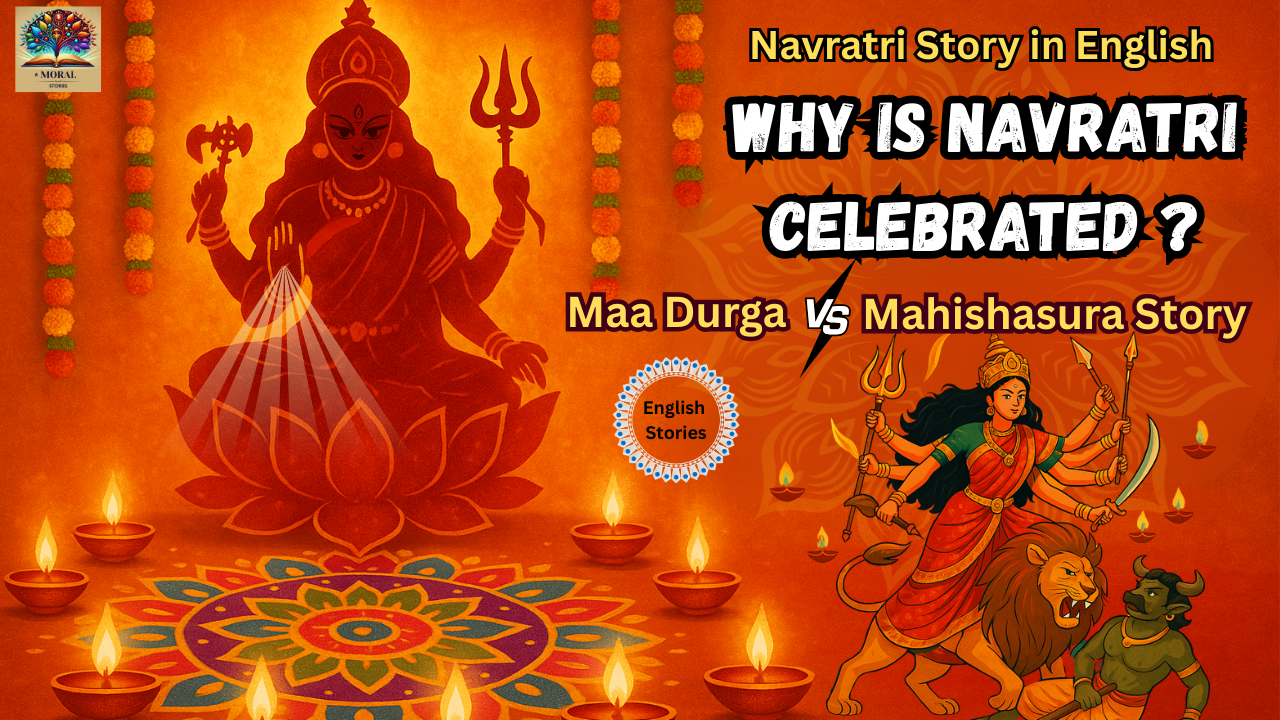
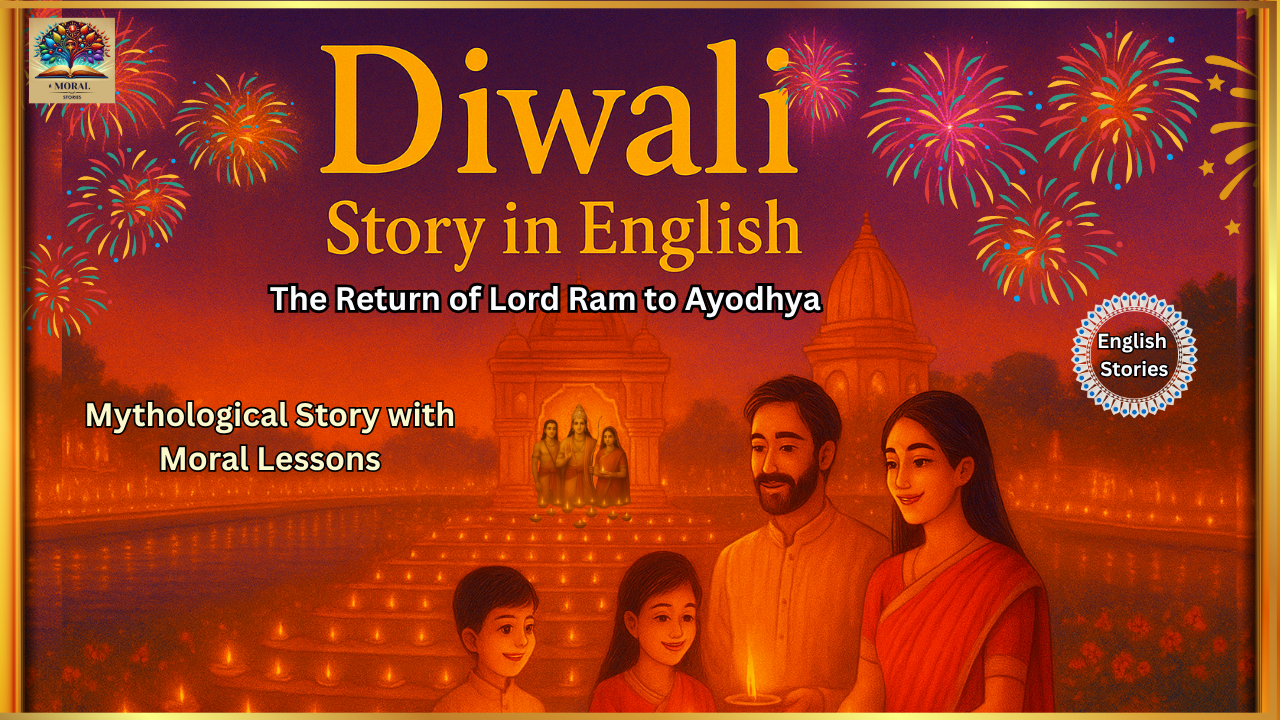
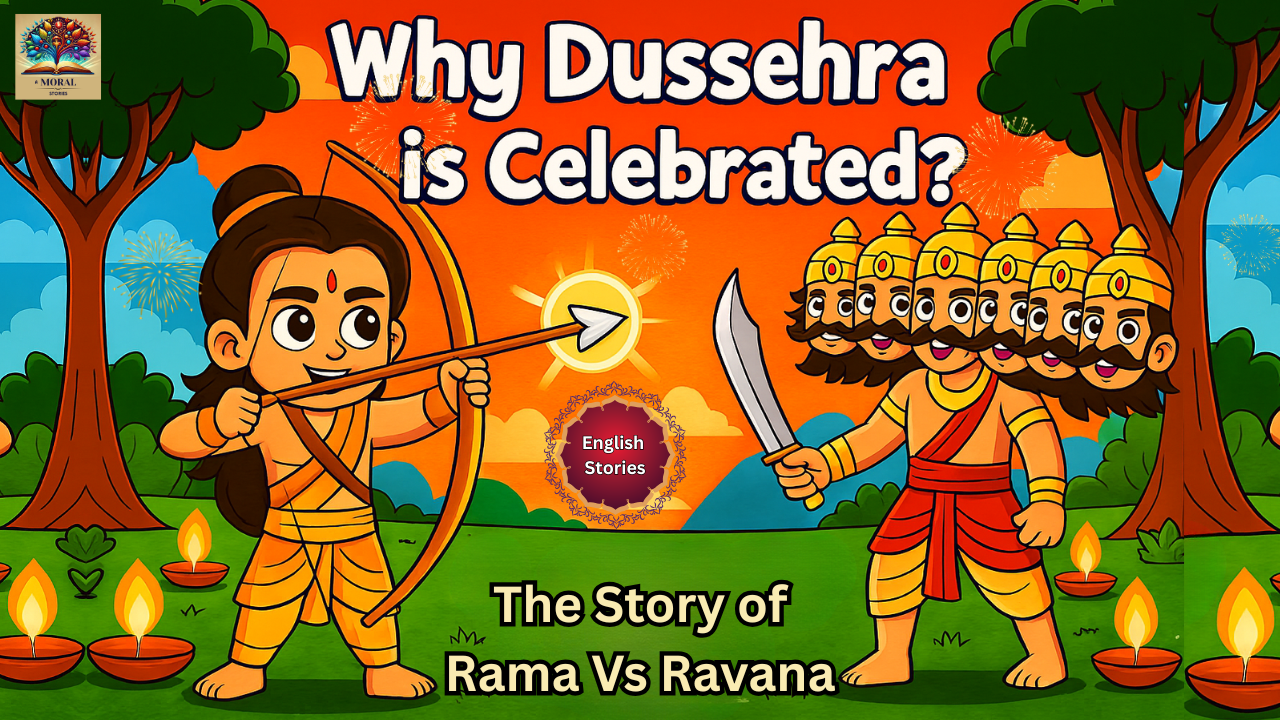
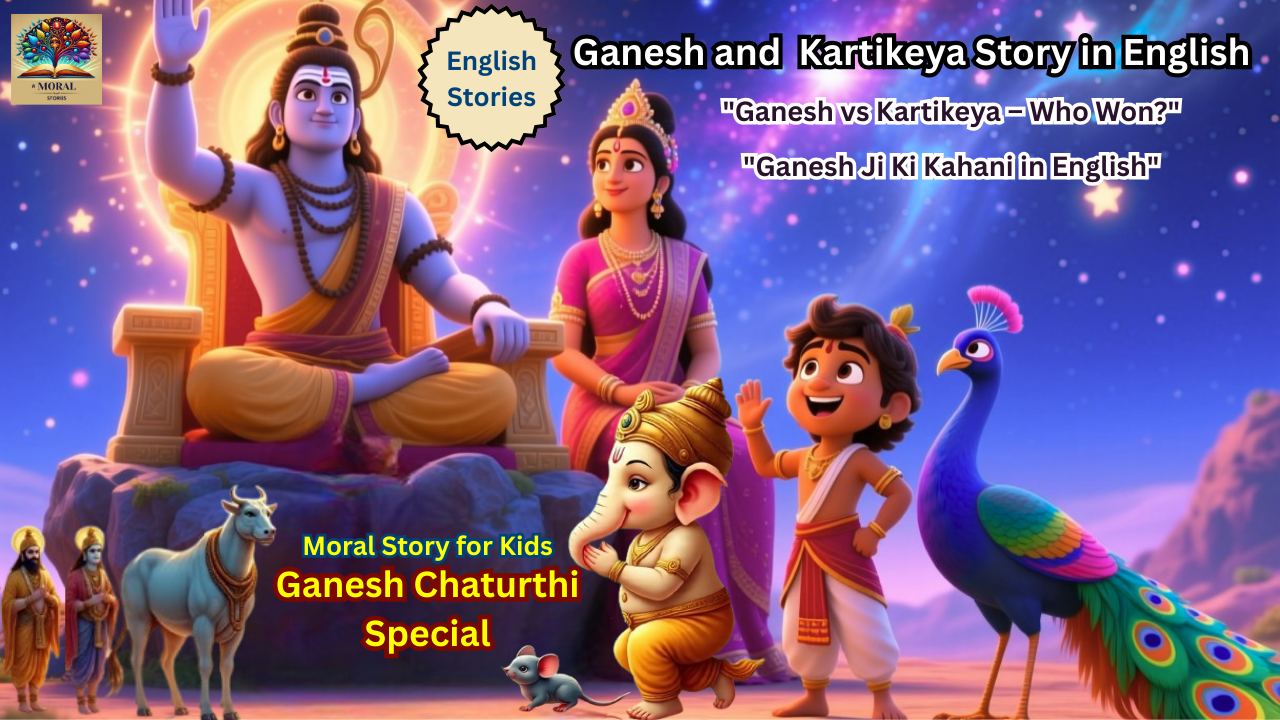
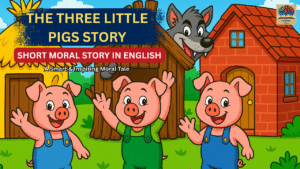
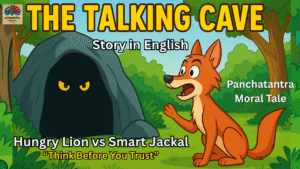

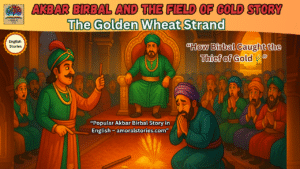
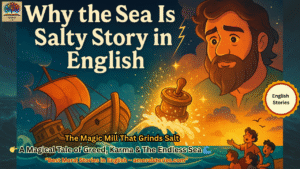
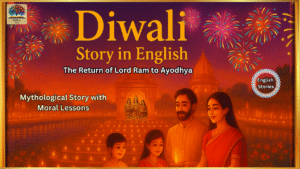
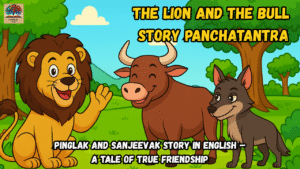
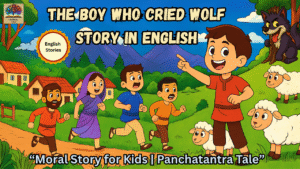

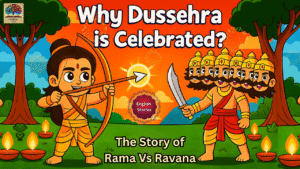
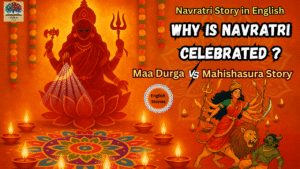

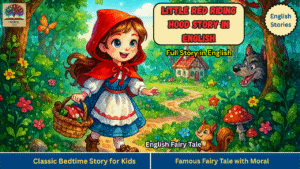
Post Comment